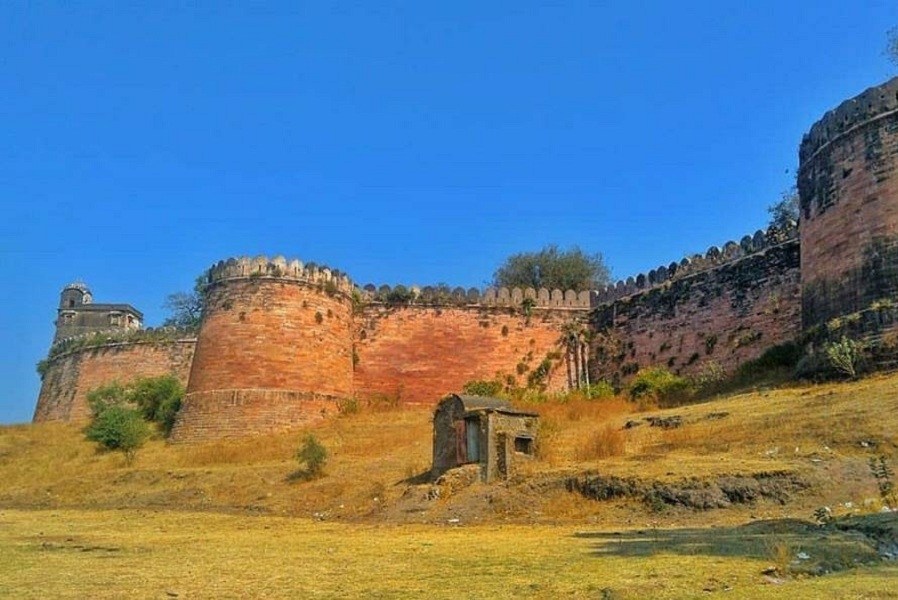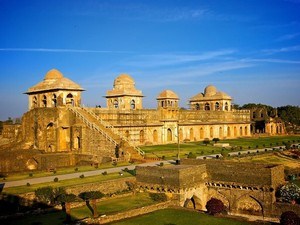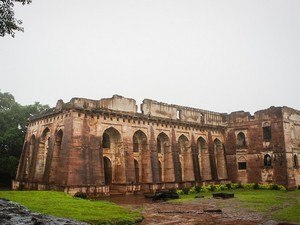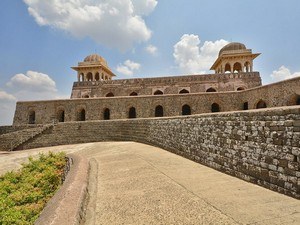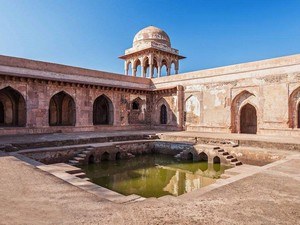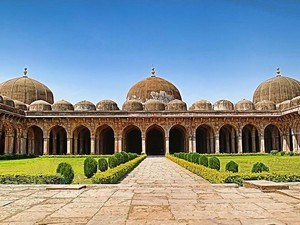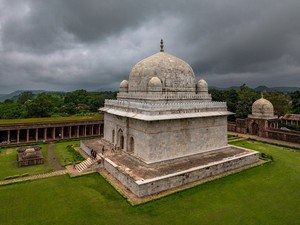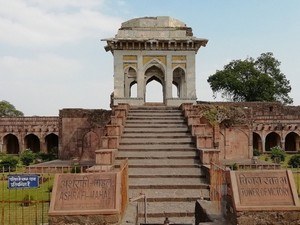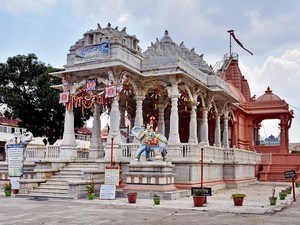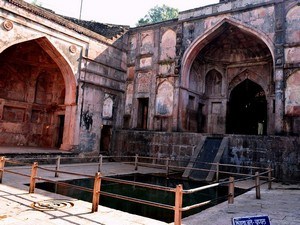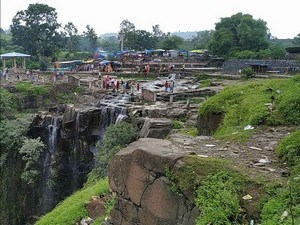Dhar Fort, Mandu - Timings, History, Architecture, Best Time to Visit
 India | Madhya Pradesh | Mandu
India | Madhya Pradesh | Mandu
 #22 of 26 Places to Visit in Mandu
#22 of 26 Places to Visit in Mandu
 Distance (From Mandu): 36 Kms
Distance (From Mandu): 36 Kms
 Trip Duration (Including Travel): 2-3 Hours
Trip Duration (Including Travel): 2-3 Hours
 Place Location: In Dhar City
Place Location: In Dhar City
 Transportation Options: Bus / Cab
Transportation Options: Bus / Cab
 Travel Tips: None
Travel Tips: None
At a distance of 36 km from Mandu, and 65 km from Indore, Dhar Fort is a historical fort situated in the Dhar city of Madhya Pradesh. It is one of the top heritage sites near Indore, and among the must-visit places as part of Mandu holiday packages.
Dhar is an important medieval town and the erstwhile capital of Malwa Kingdom ruled by the Parmar dynasty from 800 - 1327 AD. Raja Bhoj, the most illustrious of the Parmaras shifted his capital from Ujjain to Dhar, where he established a university for Sanskrit studies, known as the Bhoja Shala. During the time of King Bhojdev (1010-1055), this fort was known as Dhar Giri Lilodyan. When Alauddin Khalji ascended the throne of Delhi, Islamic influence began to spread in Dhar, as a result of which in 1305 Ainul Mulk Multani, the general of Alauddin Khalji, attacked Malwa and killed the Parmara ruler Mahalakdev and ended the Parmar dynasty. Captured later, he renovated the fort and completed the work of fortification. In 1346, Muhammad bin Tughlaq also stayed for some time in this fort while going to Devgiri.
The Pawar dynasty captured this fort in 1732 AD and used it as a royal palace. During the Maratha struggle, Raghunath Rao's wife Anandi Bai took shelter here, and she gave birth to Peshwa Bajirao II at this place. Dara Shikoh, the eldest son of Shah Jahan, also took refuge in this fort during the war with Aurangzeb. During the Revolt of 1857, Dhar Fort was captured by Indian freedom fighters and kept in their possession for four months from July to October.
Dhar Fort was built on a small rectangular hill with a blend of Hindu, Muslim, and Afghan architectural styles. The sources used to construct this fort was obtained from a small embankment comprising black stone, red stone, and solid murams. The fortification walls are about 30 feet high and the main gate is in the west. Inside, there is a very fine baoli and a lofty palace, from the terrace of which an extensive and diversified view is obtained. There are many other structures inside the fort, which are quite important, such as Khadbooja Mahal, Sheesh Mahal. It is clear in history that Jahangir had helped in building Sheesh Mahal. The Kharbooja Mahal, which got its name due to the shape of musk melon, was built in the 16th century AD.
Timings: 6 AM - 7 PM
Entry: Free



